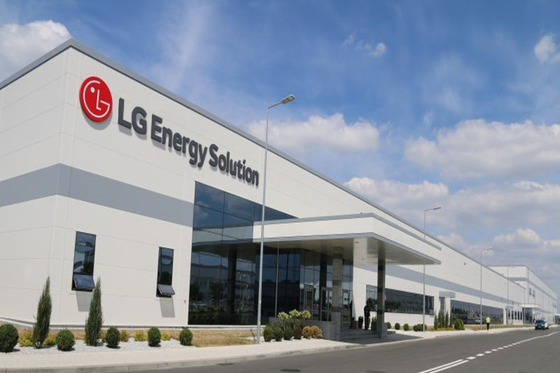LG Energy Solution said Wednesday that its third-quarter revenue rose 7.5% year-on-year to $6.1 billion (KRW 8.22 trillion) but warned of slowing electric vehicle (EV) demand in Europe and China due to external challenges, sending its shares down 6.4%.
The growth in its third-quarter revenue was driven by a stable rise in production at Ultium Cells —the company’s joint venture with General Motors in Ohio, as well as product mix improvement, the South Korean battery maker said in a statement Wednesday. The company’s operating profit for the July-September quarter also surged 40.1% year-on-year to $542.5 million.
LG Energy Solution plans to focus on product competitiveness and potential growth of its energy storage system (ESS) business. Its Arizona battery unit will produce 46-Series cylindrical batteries instead of the originally planned 2170 cells, which is aimed at proactively responding to customer demands.
The South Korean company also plans to boost the energy density of its high-nickel NCMA batteries by raising the proportion of nickel to over 90% and achieve a fast-charging time of less than 15 minutes by adopting high-capacity, high-efficiency silicon anodes. In October, LG Energy secured a 10-year supply contract with Toyota for battery modules consisting of high-nickel NCMA pouch-type cells.
“In response to constantly evolving and diversified market needs, we will secure differentiated production competitiveness across all segments, ranging from premium and mainstream to affordable,” LG Energy Solution CEO Youngsoo Kwon said in the statement.
LG Energy said external challenges are expected to continue in the fourth quarter from slowing EV demands in Europe and China and falling prices of major raw materials.
Last week, Tesla CEO Elon Musk expressed worries about higher borrowing costs, which would prevent potential customers from affording its vehicles despite substantial price cuts, according to a Reuters report.
Rival automakers such as General Motors and Ford are also cautious in expanding EV production capacity.











